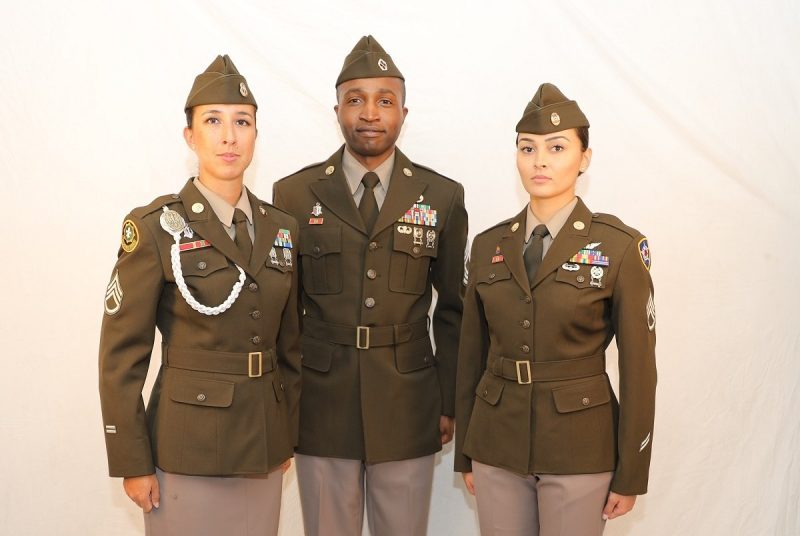On Veterans Day, the US Army made the announcement that they are returning to a uniform it issued during World War II. The uniform, then known as “pinks and greens,” was once worn by such famous veterans as General Dwight D. Eisenhower, the five-star general who served as Supreme Commander of the Allied Expeditionary Forces in Europe during the war.
Now called “Army Greens,” the service uniform “will become the everyday business-wear uniform for all Soldiers,” according to a news release from the Army.
The dark green and khaki uniforms were worn by officers in the US Army from the early 1930s to the early 1950s.
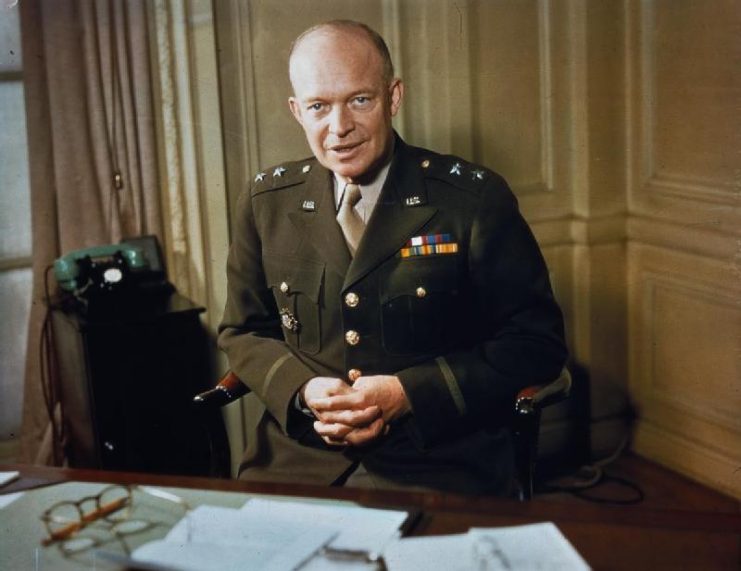
The “Army Blues” that currently serves as the service uniform will be used as a formal dress uniform now. The “Army Combat Uniform,” also known as the “Operational Camouflage Pattern,” will continue to serve as the duty/field uniform.
The new version of the Army Greens will consist of a dark green jacket with a matching tie and beret. A khaki shirt with matching pants and brown leather oxford shoes complete the outfit for both genders.
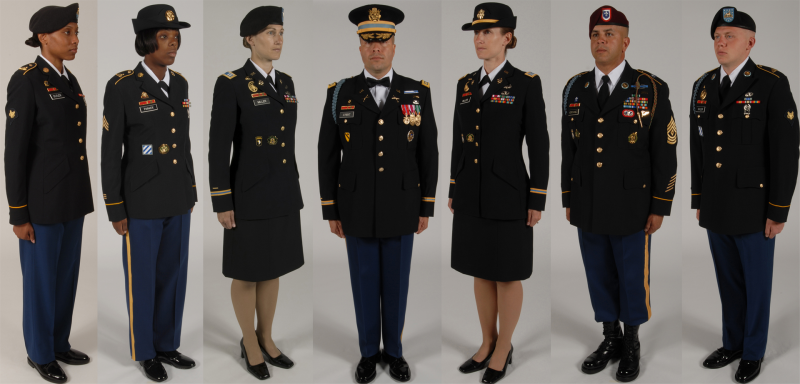
Female soldiers have the option of switching the pants for a khaki skirt and may also choose to wear matching heels instead of the oxfords. All soldiers will have the option of wearing a leather bomber jacket as outerwear.
Prototypes of the new uniforms have included a cap based on the “crusher” cap worn by flight crews in WWII. The crusher look came about when flight crews were allowed to remove the stiffeners in the caps.
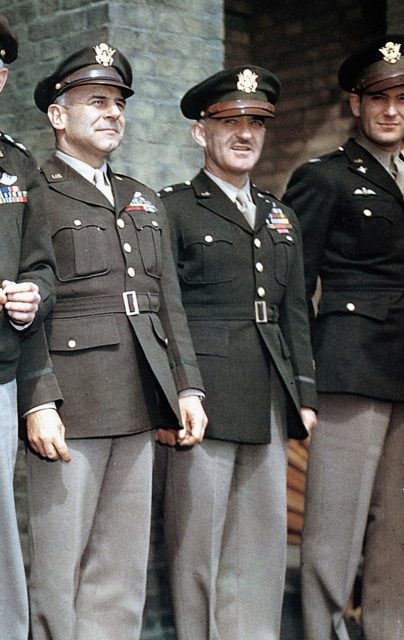
This was allowed in order to enable the use of headphones while wearing the cap. It became a status symbol along with the leather bomber jacket.
The life expectancy for the new uniforms is six years, which is longer than uniforms have lasted in the past. According to Army spokesman Lt. Col. Isaac Taylor, the Army is buying higher quality uniforms to achieve the longer lifespan.
This leads to a more expensive uniform cost, but the roll-out plan for the uniforms is designed to offset that cost per year by taking a longer time to phase them in.
The first Army Greens are expected to be assigned to soldiers in 2020. It is likely that the uniforms will not be issued to soldiers in basic training in order to avoid buying uniforms for anyone who does not graduate.

The cost of the uniforms will not be passed on to the soldiers, as they will be available under the annual clothing allowance. The new uniforms also will not cost the US taxpayers any additional money according to the press release, although the Army did not elaborate on the cost analysis.
The Army Greens will be made in the US and will be mandatory in 2028.
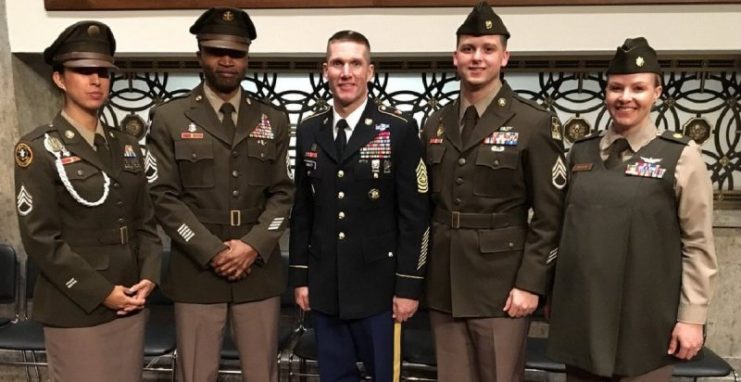
The Center for Military History, industry partners, and the Texas A&M Reserve Officer Training Corps all worked with the Army to develop designs and prototypes for the new uniforms. Part of the emphasis of the design was to take advantage of improvements in fabric technology.
A version of the new uniform was worn by soldiers at the 2018 Army-Navy football game. The reaction to the new uniforms was immediate and positive.
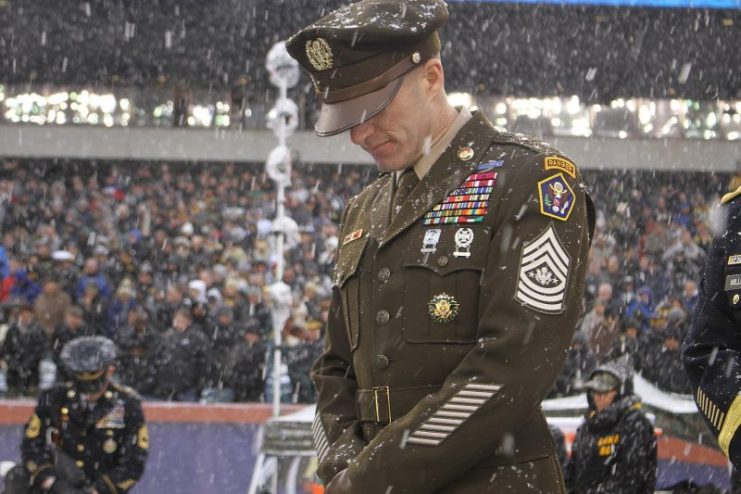
Read another story from us: Over The Centuries: The Evolution of Western Military Uniforms
A survey performed by the Army Times showed that 70% of soldiers were supportive of the new uniforms.
The old pinks and greens have often been considered the best dress uniform ever worn by Army members. The Army is hoping the positive response to the throwback uniforms will help increase pride and improve recruiting, thereby boosting the Army’s readiness.
